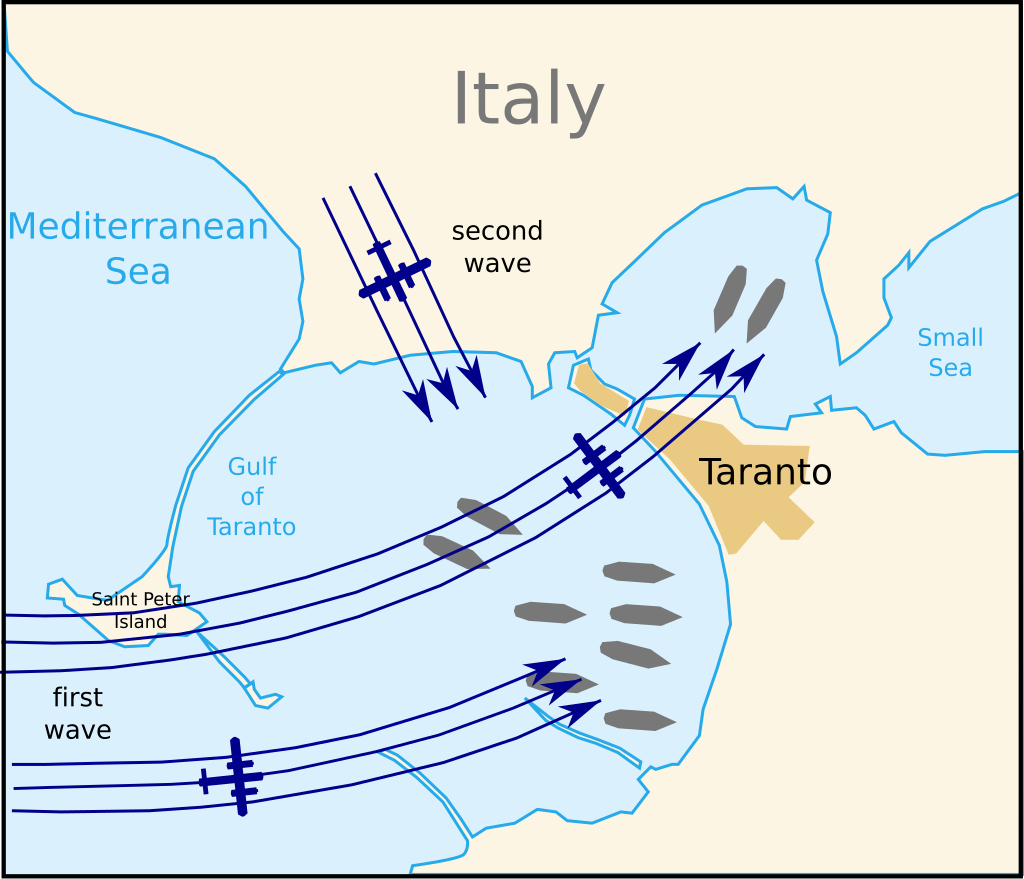
ANS Antiope (CV-1932)
The Navy had five years of experiences with the two aircraft carriers in
service, before making any further decisions on what to build next. One of the
more useful tools had been the two times the Amazonian Navy had wargamed against
the US Pacific Fleet in exercises in the waters between Mu and Hawaii. The US
Navy had the Lexington and Saratoga, the Amazons the Prindylla and Smyrna. The
advantage of aircraft numbers lay with the Americans. The extra numbers of
aircraft was decisive in one instance while in the other the the Amazons had
been able to feint the Americans into launching early so that when their own
attack arrived the two US ships were unprepared with aircraft on deck and unable
to launch extra fighters. One all. But the number of aircraft that could be
launched would normally carry the day.
The next thing to figure out was what could be built at the limit for aircraft
carriers of 27,000 tons. The conversion of the Smyrna took a fast battleship and
added aircraft handling facilities on top. The ship was built to take a lot of
shell fire damage from big guns. An aircraft carrier built from the keel up
would not require the same level of heavy protection. The savings could be put
toward carrying capacity and ease of handling from hangar to flight deck. One of
the problems with the Smyrna was the limited amount of time it could operate its
aircraft for before the fuel tanks ran dry and the armouries were emptied. The
new ships would require at least three times the amount of munitions and fuel
for the aircraft. The Navy wanted a ship over 800 feet to carry 80-90 aircraft,
internally, using the US Navy deck parks would take the limit over 100.
The designers got their slide rules out and did the sums. The best they could do
on 27,000 was 72-75 aircraft. On 30,000 tons 85-90 could be carried. The
Sisterhood was just as capable of lying as the best of them. The order for two
ships went out at 30,000 tons!

The two Antiope class ships were a mixture of original parts and parts copied
across from the Smyrna. The 4" were a new dual purpose twin mounting, and eight
were mounted in sponsons, equally, fore and aft. The 2 pounder AA guns were a
new octuple (8 gun) mounting, which when built only four were fitted another
four would be fitted in future refits. The first 20mm cannons appeared, compared
to the later 20mm Oerlikon they were slower firing but quite accurate. An
improved, larger bridge superstructure was fitted with better command and
control functions. Having eight squadrons of aircraft required better
communications for Commander (Air) to be able to keep in contact and in charge
of the aircraft. More and larger briefing rooms. A lot more accommodation was
required. While much larger (in volume 847x112) compared to the Smyrna
(739x101), Antiope required every extra square foot it could find to fit
everything in. Having two hangar decks made it simpler to make the aircraft
number, plus the space between the hangar walls and side of ship could be used
for all sorts of storage, including crew! Aircraft available when the ships were
completed were the last generations of Bi-planes. These started being replaced
by monoplane fighters and bombers in 1935-36.

The ships received continual upgrades and additions at all the refits they had.
From 1938-39, the major bits being upgraded or added were Electronic parts.
Homing signal tower, Radar, better radios, all were added to and upgraded with
every return to port. 1942 saw the beginning of the replacement of the earlier
model light AA with the Bofors 40mm weapons system. Quad mountings with
predictors replaced the octuple 2 pounder mountings on a one for one basis.
Further 40mm in single and twin mountings replaced the single 20mm in 1943-44.
The 4" directors received Radar control in 1940.
Aircraft were also upgraded continuously as new models became available. 1939-40
the aircraft aboard ship were: AmzAC Whirlwind I, long range reconnaissance
fighter, AmzAC Griffon, fighter, AmzAC Battle, torpedo bomber, and AmzAC
Buccaneer, dive bomber. The Whirlwind I was replaced by the Whirlwind II, the
Buccaneer and Griffon by the Corsair, and the Battle by the Myrina.
AmzAC = Amazon Aircraft Corporation, which produced local aircraft and overseas
aircraft under license.
The two ships spent late 1939 to early 1940 in Ephesos dockyards receiving a
major refit of electronic and AA weaponry. Once completed the ships would
be joined by the two Phillipis class battleships and head for the Eastern
Mediterranean. Admiral Cunningham was more than pleased to add four such fine
capital ships to his Fleet. He now had the firepower to put the Italians in
their place. Two months of training followed which was abruptly cut short when
the Italians declared war against the Allies in July of 1940. France had fallen.
Admiral Cunningham did a deal with the French Admiral to demilitarise his ships
till the French Navy could rejoin the fight. A much better outcome than what
happened at the other end of the Med. Admiral Cunningham wanted to get to the
Italian Fleet and bring it to battle as he knew he had the superior forces. The
Italians knew this and wanted to draw the Allied Fleet onto submarine traps and
where its bombers might reduce the Allied advantage. Neither side gained an
advantage up until the night of 11/12 November 1940. Taranto. The Allied Fleet
had three carriers to launch a night raid on the Italian Fleet at Taranto.
The results were outstanding with all of the Italian big ships receiving damage
from being sunk to having to ground themselves in shallow water to stop from
being sunk. Aerial photos of the next day showed the extent of the mayhem the
attack had caused. A resounding success! Arise my Lord.

Taranto was a major landmark in history. The Japanese took notice and Pearl
Harbour was the result. The US Pacific Fleet being no more ready for such an
attack than the Italians had been. The Eastern Fleet rode a wave of successes
for two months until January 1941. The arrival of the German Fliegerkorps X in
Mediterannean waters changed everything. In one fell swoop the bombers and
divebombers of FG-X swung the battle to the Axis. The Illustrious, Antiope,
Phillipis, Malaya, and several cruisers and destroyers were either sunk or
damaged in a strike that was just as devastating to the Allies as Taranto had
been for the Axis. At one stroke the Fleet had been halved. The only effective
carrier in the East was the Formidable with three Queen Elizabeth class
battleships for company. The Murovian Empire contingent was withdrawn to Ceylon
for repair, rest and recuperation.
May 1941 and two Amazonian cruisers were sent back to the Med just in time to
help with the evacuation of Allied troops during which one of the cruisers was
sunk. Thus ended Murovian Empire involvement in the Mediterranean. The Phillipis
spent until June in Trincomalee repairing battle damage. On completion it was
transferred to Sydney, Australis to join the rest of the Task Force. Antiope's
damage had required it to be transferred to Sydney for repair and it was there
till November 1941. The rest of the Squadron spent time with the Australis Navy
learning close co-operation drills for both the heavy and light forces. This
would pay dividends in the very near future. On completion of its repairs,
Antiope and the rest of the Fleet sailed for Ephesos to join with two other
carriers and battleships to become Task Force 69. This Task Force was then to
head north for Hawaii and the US Pacific Fleet.
The tale of TF69 will be told in the history of the next carrier class.
| Displacement | 31,000 tons std, 36,500 tons full load | |
| Length | 847 ft | |
| Breadth | 112 ft (hull) | |
| Draught | 30 ft | |
| Machinery | 4 shaft, Steam Turbines, 130,000shp | |
| Speed | 30 knots | |
| Range | 12,000 miles at 15 knots | |
| Armour | 5" side, 3" deck, 4" box around magazines | |
| Armament | As Completed 1932 16 x 4" (8x2) 32 x 2pd (4x8) 20 x 20mm (20x1) |
Refits to 1942 16 x 4" (8x2) 32 x 40mm (8x4) 12 x 20mm (12x1) |
| Aircraft | 90 | |
| Complement | 1800 (1875 as Flagship) | |
| Notes | ANS Antiope +1 |
|
Antiope, Queen of the Amazons.
